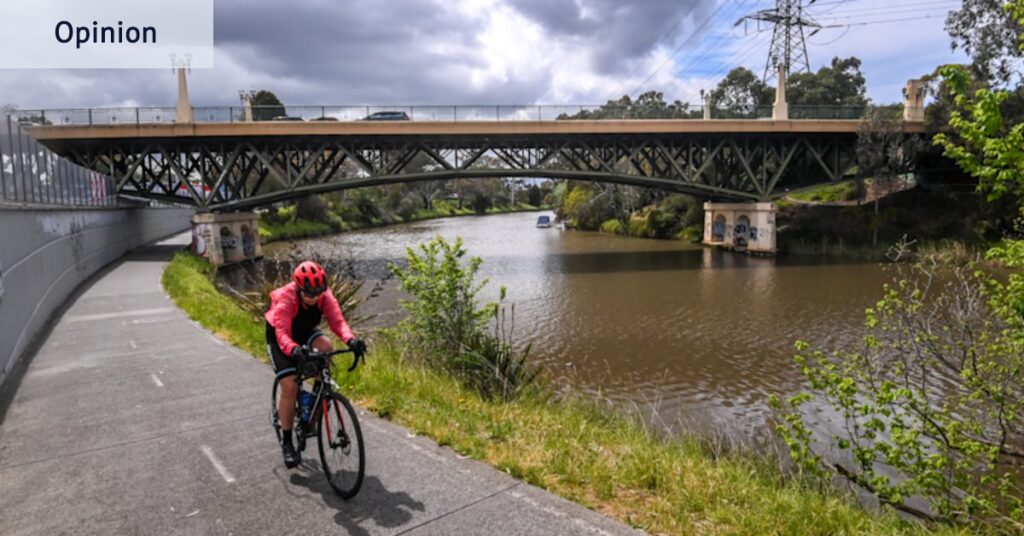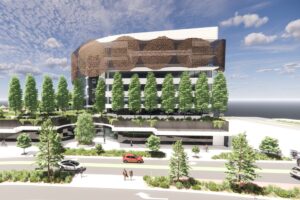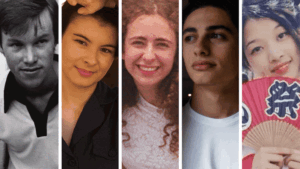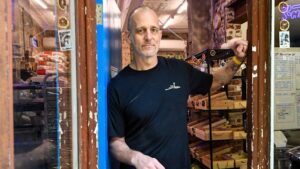
There’s a good chance you’ve never known anyone who lives in Burnley, a tiny suburb in Melbourne. With just 794 residents, it is smaller than other inner-city suburbs like Gardenvale, Ripponlea, Cremorne, and Travancore. Yet, Burnley is a name many recognize, primarily due to its bustling train station, a junction for lines to Belgrave, Glen Waverley, Alamein, and Lilydale.
Despite its size, Burnley is a hub of activity. It hosts the tunnel between the West Gate and the Monash Freeway, one of Australia’s busiest inner-city golf courses, and a harbor under Citylink. The Boulevard, a green corridor beside the Yarra River, was constructed as part of a public support project during the Great Depression. The Melbourne Uni Horticultural Campus adds to Burnley’s charm, making it a multifaceted suburb.
The Historical Roots of Burnley
Burnley is often seen as the little sister to Richmond, sharing the same postcode, 3121. However, Burnley shrank in the 1990s, possibly overshadowed by Richmond’s trendiness. Today, it remains a small enclave bounded by the Yarra to the east and south, Burnley Street to the west, and the Swan St railway line to the north.
Historically, Burnley was a working-class suburb with stone quarries, factories, and an abattoir on Burnley Street, which operated until the 1980s. The location was ideal for a slaughterhouse, as waste could be drained into the river, though it was notorious for its smell and flies. Horses were once agisted near the river, ready to deliver Loys soft drink across the city. Before the MacRobertson Bridge was built in 1934, the Twickenham ferry transported people across the Yarra from Burnley to Toorak, with a tea house on the Burnley side for picnickers.
Modern-Day Burnley: A Blend of Old and New
Today, Burnley serves as a place to live, work, and study, or simply a pass-through on the way to the city. The abattoirs are long gone, replaced by modern developments like the 12-storey Australia Post building in Richmond and the Botanicca business park. The Element hotel, despite marketing itself as “Richmond,” is firmly located in Burnley.
In 2005, I moved to Burnley, drawn by its less congested atmosphere compared to Richmond. The green corridor and proximity to the Yarra offered a surprising sense of space so close to the city. An ancient river red gum by the river is a favorite spot, frequented by young tree climbers, black cockatoos, and other native wildlife.
Burnley Gardens: A Hidden Gem
The Burnley Gardens, though little-known, provide a local escape. Open to the public 24/7, they are nestled within the heritage buildings of the Melbourne University campus on a remote bend in the Yarra, accessible via Burnley Boulevard. Established in 1863 for horticultural research and teaching, the gardens boast over 1000 plant species and some of the inner city’s oldest trees.
Burnley’s location, just four kilometers from the CBD, offers excellent transport options, including buses, trains, and trams. Whether crossing the Mac Robertson Bridge to Toorak or the Swan St Bridge to Hawthorn, or cycling along the Yarra bike trail, residents enjoy easy access to both urban and natural environments.
Challenges and Opportunities
Despite its charms, Burnley faces challenges. The suburb lacks shops, requiring residents to travel to Toorak, Richmond, or Hawthorn for shopping. Café Serotonin, opposite the Golden Square, is a local favorite. Parking is another issue, as off-street parking wasn’t included in the 1920s housing designs, and street bays are insufficient for residents.
Burnley, like much of inner Melbourne, needs more housing. High-rise apartments along the rail corridors remain a possibility, fueling the YIMBY versus NIMBY debate. The Burnley Maltings hosted “the Silo Project” two years ago, creatively highlighting the six grain silos. The site is now being converted into 35 apartments.
As with any suburb, change is constant in Burnley, yet it retains its heart. Community spirit thrives at the Golden Square Bicentennial Park, with annual Easter egg hunts and Christmas parties dating back 35 years.
Preserving Heritage and Community Spirit
Much of Burnley’s beauty and heritage is due to the efforts of locals. Notably, Ron Pinnell, an actor known for roles in classic Australian TV shows, was instrumental in preserving Burnley’s heritage. Pinnell was a passionate advocate for maintaining the suburb’s architectural character, often engaging with Yarra Council meetings. A plaque in the Golden Square rotunda honors his contributions.
Burnley may be small, but it is a suburb rich in history, community, and potential. As Melbourne continues to grow, Burnley stands as a testament to the blend of past and present, offering a unique glimpse into the city’s evolving landscape.





